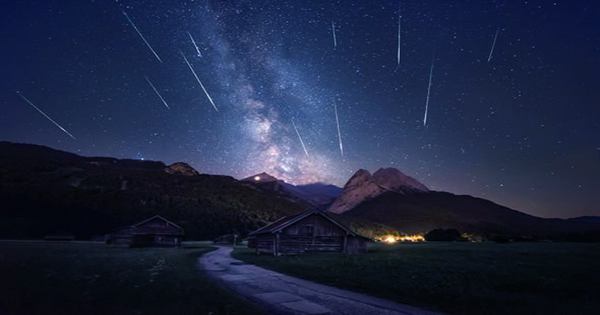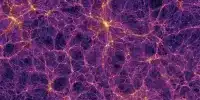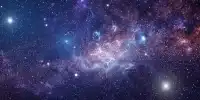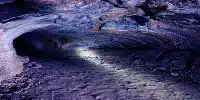Grab a blanket and head outside, since the first meteor shower of the season will peak tonight. Every year, the Draconids are visible from roughly October 6 to 10, but tonight is your best chance to see a shooting star in action. With a projected five to ten meteors per hour, the Draconids may not be the most magnificent celestial glitter of the year, but it is one of the easiest to observe, which makes it appealing.
Because of the flashes of light created by dust and rock fragments – some as small as a grain of sand – burning up in the atmosphere as Earth passes through a comet’s tail, meteors known as shooting stars. Meteor peaks occur when we pass through the most particles in a comet stream, resulting in the lightest, brightest, and most numerous shooting stars. The Draconids, on the other hand, best viewed in the evening because the constellation from which they appear to emanate – Draco – is at its highest point in the sky at nightfall. The slender waxing crescent Moon, which sets before dusk, will not obstruct any views.
Although meteor showers are named after the constellation from where they occur, they may be seen from anywhere in the sky, so you do not need to look in any specific direction — only up.
The Draconids are a collection of (relatively) slow-moving meteors that trail the comet 21P/Giacobini-Zinner. They travel at a speed of 64,000 kilometers per hour (40,000 miles per hour), which appears quick but is actually quite sedate in meteor terms. This means that the meteors are weak and frequently burn out before reaching the Earth’s atmosphere. Only the very largest produce enough heat to seen by the naked eye.
They are also a relatively new shower, having discovered only a century ago. The average meteor shower produces five to ten meteors per hour, but in 1933 and 1946, the showers were particularly magnificent, with observers reporting seeing thousands of meteors each hour. Around 600 shooting stars per hour observed in 2011.
Unfortunately, we should not expect anything like the storms of 1933, 1946, or 2011 – astronomers forecast five to ten meteors each hour. If you do not want to wait until the wee hours of the morning, or if you have young stargazing aficionados with you, this is the shower for you. Do not worry if this one does not catch fire. In late October, the Orionids will peak, followed by the Southern Taurids, Northern Taurids, and Leonids in November.















